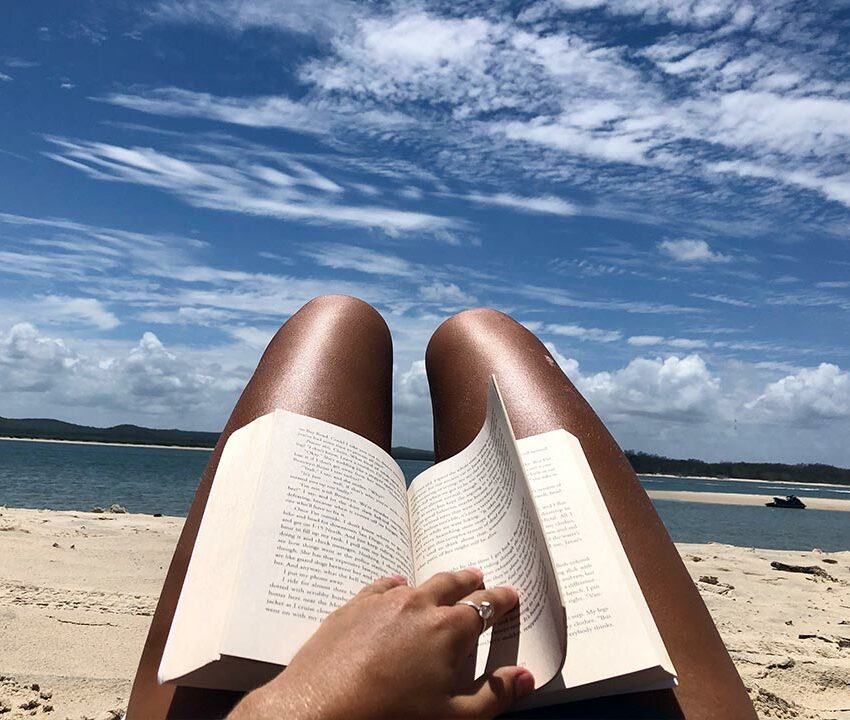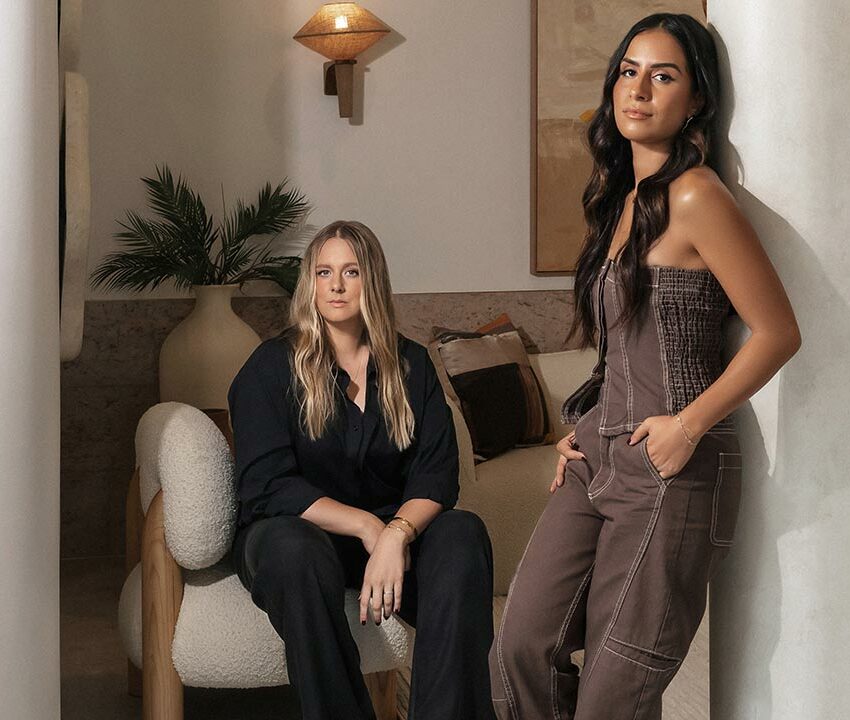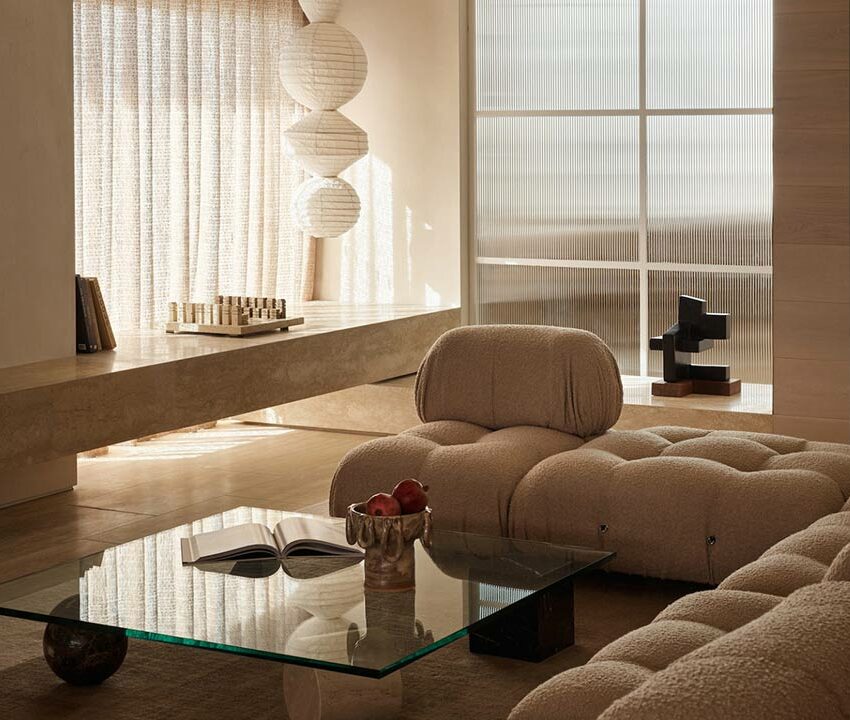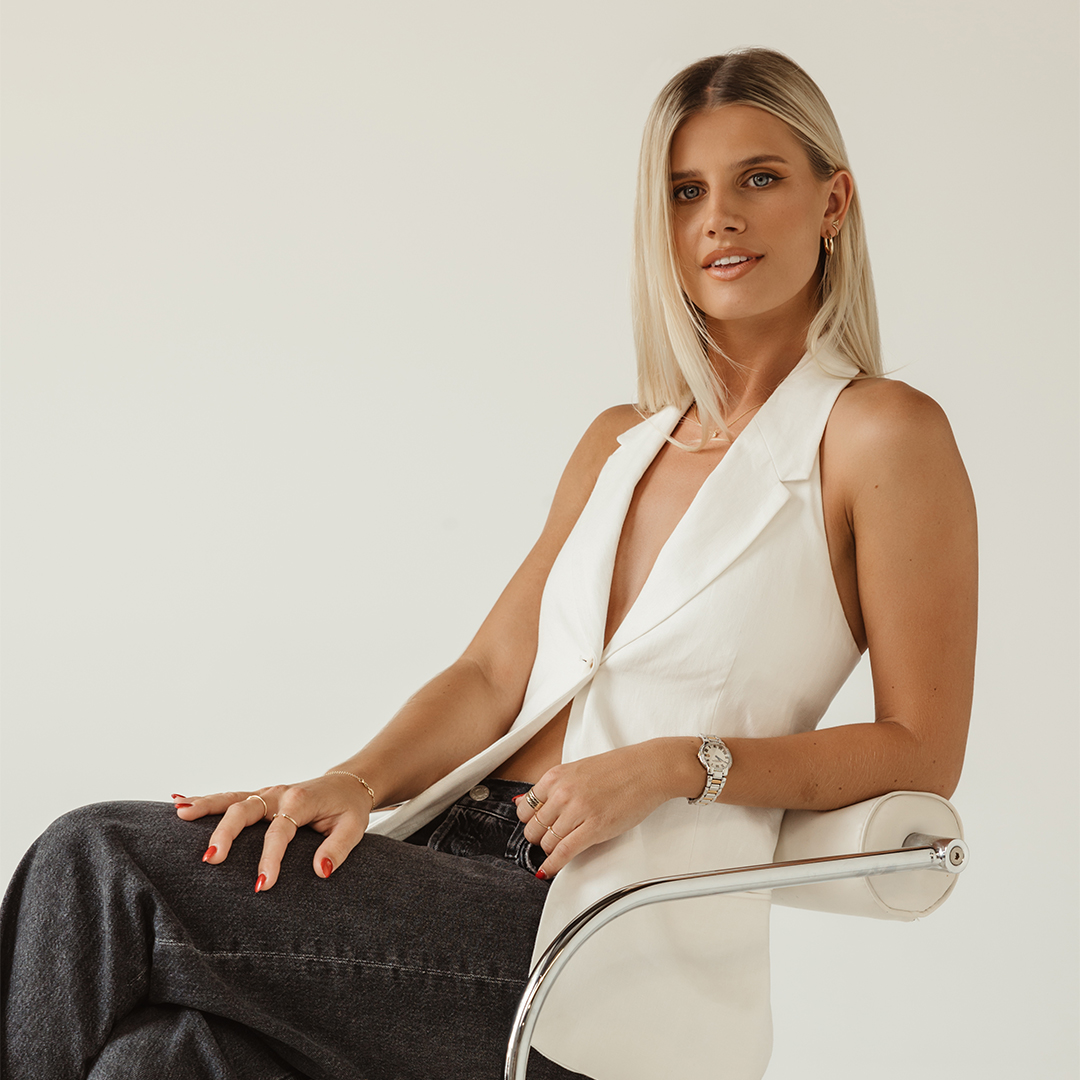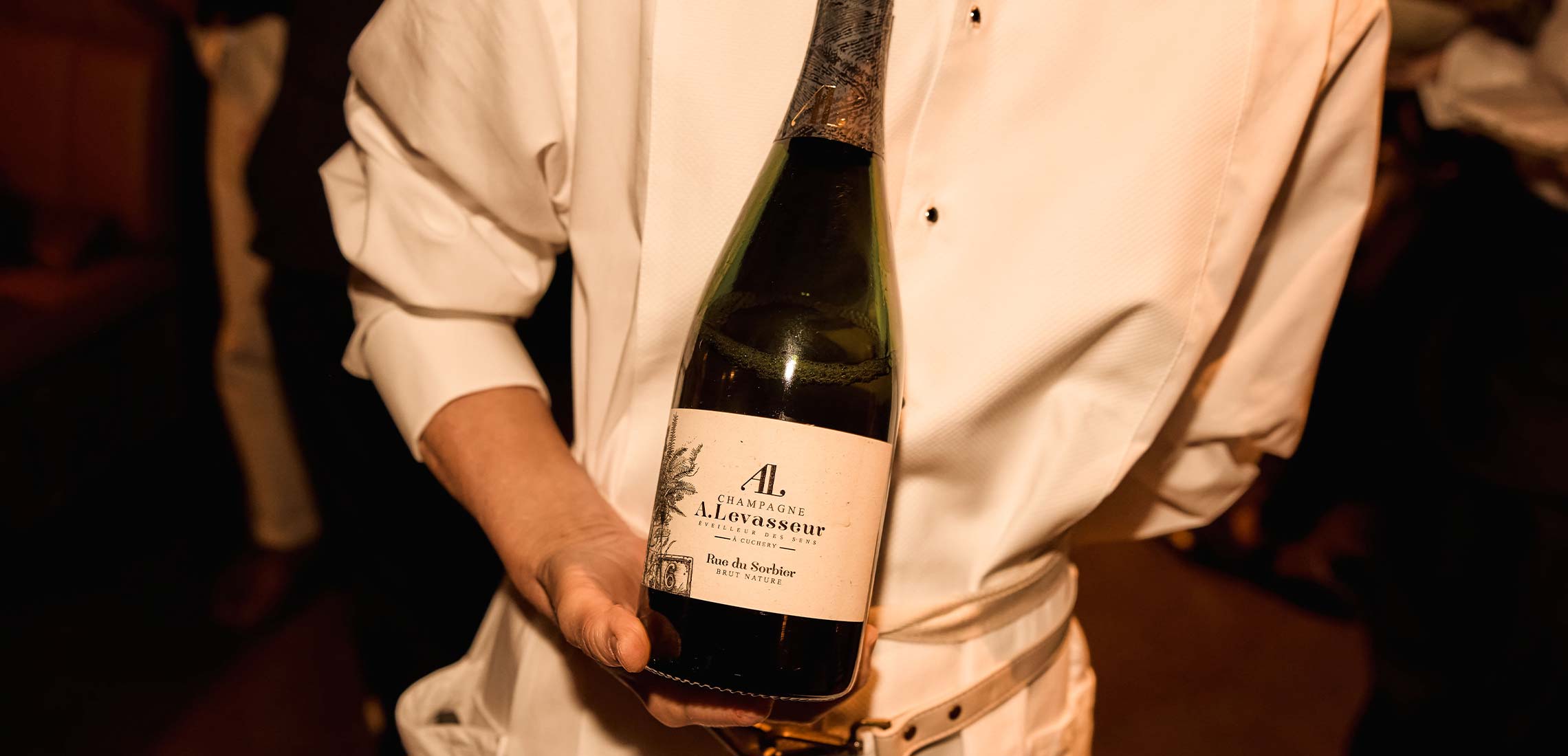
Not Your Average Bubbly: A Conversation On Grower Champagne With Winnifred’s Megan Nunn
Small bubbles, big impact
“Champagne is for everyone & that’s why everyone is welcome at Winnifred’s.” This is the motto of Brisbane’s new Champagne bar, and it says a lot.
Arguably Brisbane’s most buzzed‑about opening of 2025, Winnifred’s Champagne Bar & French Bistro has one mission: make bubbles for everyone. Whether you’re a seasoned enthusiast or a first‑time popper, you’ll feel right at home amid their 400‑strong list – because at Winnifred’s, Champagne isn’t elitist; it’s egalitarian. But this isn’t your average Champagne bar: they specialise in grower Champagnes, those small‑batch, terroir‑driven gems that rarely hit the mainstream. So, where do you start when faced with hundreds of labels? We asked founder Megan Nunn for her top picks – here’s your cheat sheet to the very best growers’ bottles at Winnifred’s.
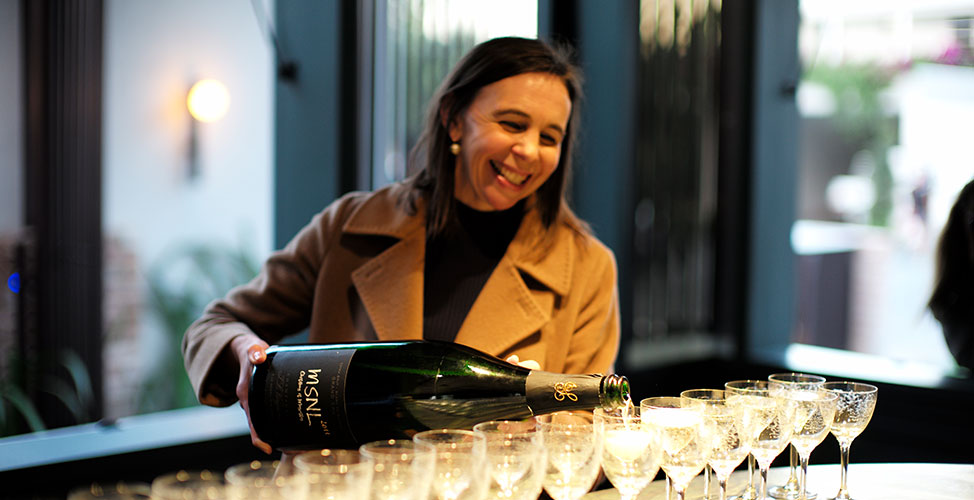
In conversation with Megan Nunn – Founder of Winnifred’s Champagne Bar & French Bistro.
Why are grower Champagnes so important to you?
When I went to Champagne for the first time over ten years ago, I knew almost nothing about Champagne – but I’d never felt so welcome and non-judged for my lack of knowledge – it was just such a warm, welcoming environment, with beautiful food and beautiful wine, so I always wanted to create that in Brisbane to hero the growers of Champagne and showcase them.
First things first – what are grower Champagnes?
Think of them as the indie rockstars of the Champagne world. These small‑scale producers grow, harvest, and bottle their own grapes – often from a single plot – creating limited runs with cult appeal. Terroir‑driven and usually made from a single grape variety, they offer a truly unique taste of place. Most are organic or biodynamic with minimal sulphites, sugar, or preservatives – so no headaches when you’re eyeing off that second bottle.
What’s so special about grower Champagne?
Well, the big houses – the big brands – are all about consistency. A house style delivers the same flavour profile experience every time you enjoy a bottle. Growers are like the indie rock stars of Champagne – small grower producers that grow, tend, harvest, press, vinify their own grapes (usually from a very small parcel or plot – from 1ha – 5ha) and produce small quantities of Champagne – sometimes just a few hundred bottles that attract a cult following. Growers Champagnes are terroir-driven, often single plot + single grape and so they’re really exciting. They’re quite like no other Champagnes you’ve ever tasted before. They’re also organic and biodynamic, have no, or very little, sulphites, no added sugar (called dosage in Champagne) or preservatives, so they don’t give you a headache – very important when you’re tempted to order just one more bottle.
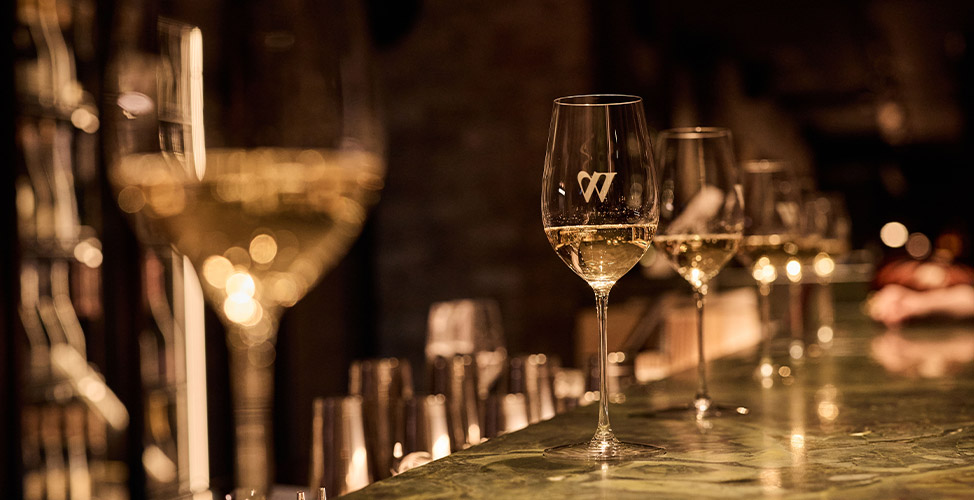
Tell us about Winnifred’s selection of grower Champagnes?
At Winnifred’s, you can drink a different bottle every day for a year & not have the same one twice. We now have around 400 different Champagnes in the Champagne bar and Champagne Garden with an ever-changing ‘by the glass’ menu to keep things interesting and adventurous. Each of the growers, and Grande Marque houses showcased at Winnifred’s – now closer to 70 than the 63 we started with are dedicated to ethical production, including both biodynamic viticulture and certified organic practices. The result is an extraordinary diversity of excellent Champagnes that not only express their terroir – the unique soil type the grapes are grown in – but truly respect and nurture the environment they come from.
400 different cuveés? How do I know which Growers’ Champagne to choose?
What makes Grower’s Champagne so interesting is diversity – each producer’s own philosophy, which they apply in every step from grape growing through to winemaking. These are some of the questions to ask when you want to know more about a bottle you’re choosing:
Which region of Champagne does it come from? Is the terroir chalk, red soil or flint?
The region and the terroir, or soil, the grapes are grown in influence the character of the wine.
Blend or single grape varietal?
Most non-vintage Champagnes are a blend of Chardonnay, Pinot Noir & Meunier. However, there are up to seven different grape varieties: Chardonnay, Pinot Noir, Meunier, Arbane, Pinot Blanc, Pinot Gris, and Petit Meslier. Chardonnay adds finesse; Pinot Noir adds structure; Meunier adds fruitiness. Pinot Blanc adds notes of finger limes; Pinot Gris adds generous fruit & body; Petit Meslier adds acidity with tropical fruit notes and Arbanne adds acidity and structure.
How much pressure?
Grand Marque houses favour more pressure in the bottle – up to 12 bars for that effervescent fizz in the glass. Grower’s favour less pressure in the bottle – 5-6 bars as they believe this allows the wine to be the hero rather than the bubbles.
What style of vinification?
Before being bottled, what the Champagne is aged in can influence its character and flavour profile. Aging in oak adds creaminess, Stainless steel keeps the original character of the fruit.
Malolactic fermentation or ‘no malo’?
Malolactic fermentation is a winemaking process during the grape’s secondary fermentation. Malolactic becomes active from heat and sugars that adds a custard apple creaminess and brioche caramel notes. No malolactic reminds me of piercing a green apple and salivating with that green tart apple juice, it is crisp, clean.
Single year or blended with reserve wine?
Adding reserve wine to the blend creates depth, character, deeper layers to a wine that supports its base vintage.
Dosage or no dosage?
When a Champagne bottle is disgorged (to remove the yeast that creates the bubbles) before the Champagne cork is seated, the bottle has to be topped up. Many houses top up with dosage (sugar liqueur made from grapes), growers rarely add any dosage, topping up with natural juice / the same Champagne instead.
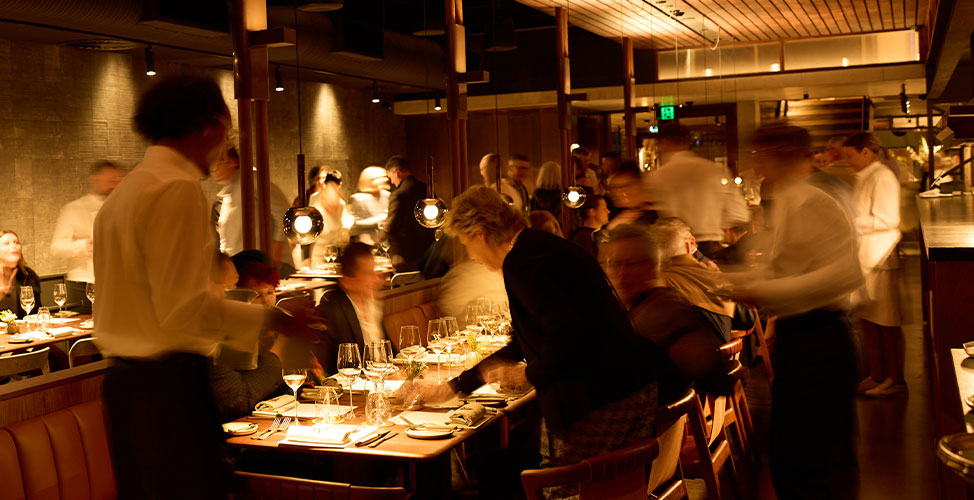
So Megan, what should a rookie start with when visiting Winnifred’s?
Champagne Dhondt-Grellet – “Dans un premier temps…”
Adrien’s intention with this cuvée is to represent three of the main villages he works with – Sezanne, Cuis, and Avenay Val d’Or. Citrus, white peach and savoury nutty complexity meet you on the nose. There’s much intensity to the mineral lift too. Very attractive chalk is a welcomed addition. The palate is fine, elegant and graceful. Beautifully poised with great fruit concentration.
Grower? Adrien Dhondt is an outstanding grower who is one of the region’s most exciting grower-producers. *Adrien is coming to Winnifred’s in November.
Which region? Chardonnay (from Sezanne), Pinot Noir (from Vallée de la Marne) & Pinot Meunier (from old vines in Cuis)
Blend or single grape varietal? Blend: 50% Chardonnay, 30% Pinot Noir, 20% Meunier
How much pressure? 5-6 bars
What style of vinification? 1/2 fermented in barrel, the rest in tank
Malolactic fermentation or ‘no malo’? Malolactic fermentation
Single year or blended with reserve wine? Blend 70% 2020, 30% perpetual reserve started in 1986
Dosage or no dosage? Extra Brut, 2g/l
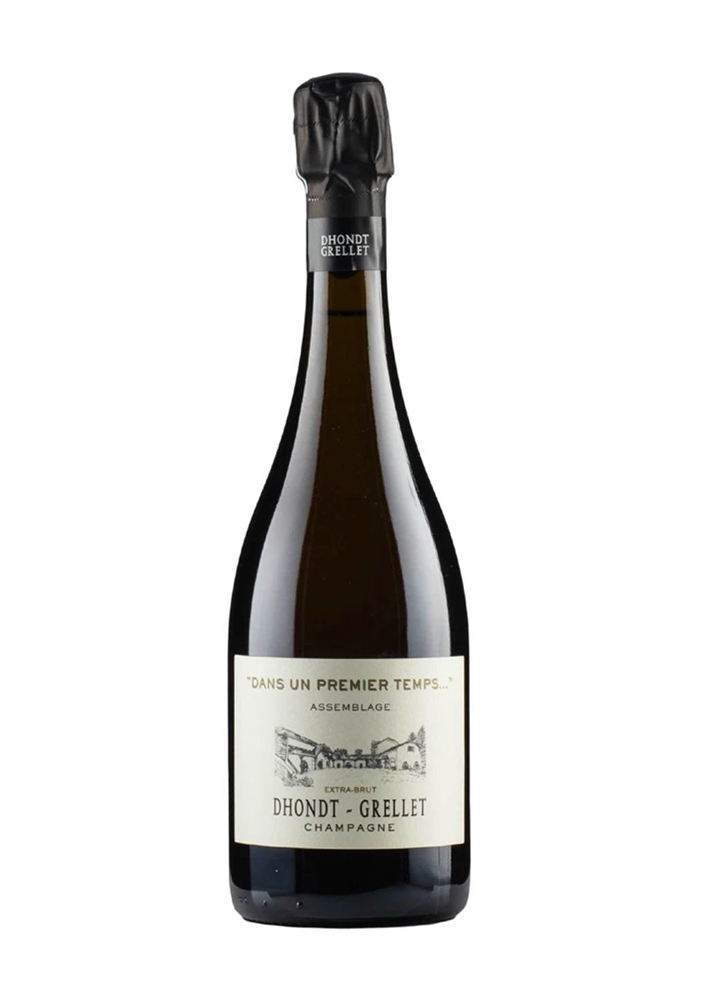
Champagne Georges Laval – Garenne Extra Brut 2020
The NV Extra-Brut Garennes is rich, ample and inviting, with all of the textural intensity that is the signature of Vincent Laval’s wines. Expect a rich, boisterous Champagne laced with generous Meunier intensity. Dried pear, hazelnut and crushed flowers are some of the many notes that develop with a bit of air.
Grower? Vincent Laval (Georges is his father’s name)
Which region? Montagne de Reims 2.5 hectares, most in the premier cru village of Cumières
Blend or single grape varietal? Blend 57% Chardonnay, 33% Pinot Noir, 10% Meunier
How much pressure? 5-6 bars
What style of vinification? Wild fermented, unfiltered and unfined, aged in neutral barrels
Malolactic fermentation or ‘no malo’? Malo
Single year or blended with reserve wine? Blend 2020, with some reserve wines
Dosage or no dosage? Zero dosage (no sugar)
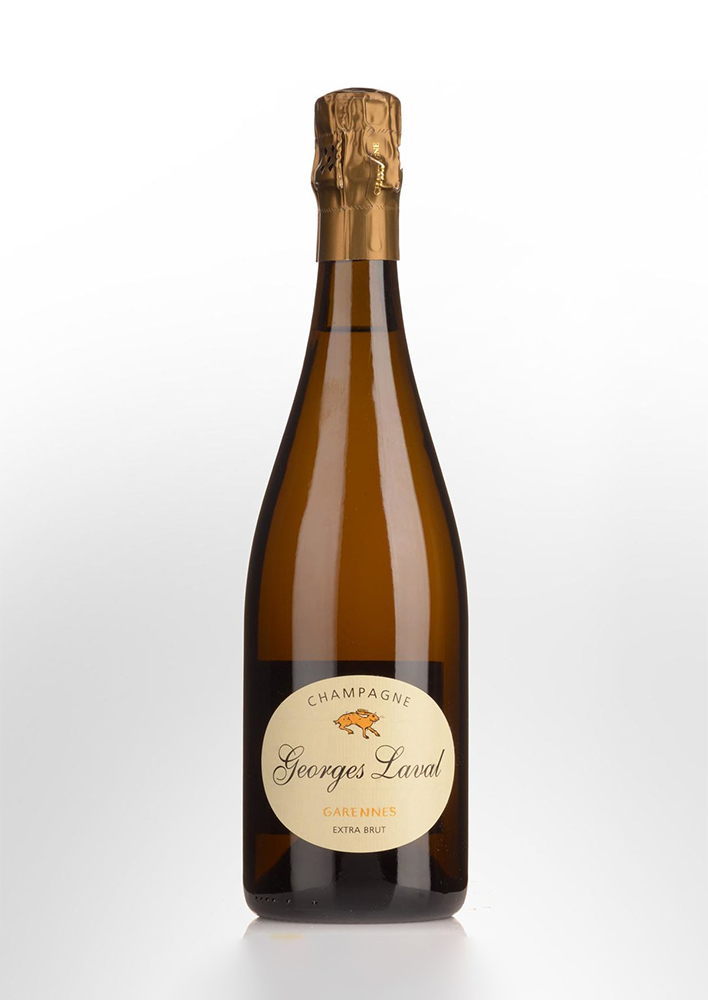
Champagne Jeaunaux-Robin – Instinct Meunier 2019
Pretty walnut and raspberry notes with apricots, praline and dried flowers. Sesame brittle. Medium bodied with fine bubbles and a delicious salty nut undertone.
Growers? Cyril and Clemence Jeaunaux
Which region? Talus-Saint-Prix, on a tributary of the Marne River. Loam and flint.
Blend or single grape varietal? 100% Meunier Sourced from a single plot called “Le Grand Morceau”.
How much pressure? 5-6 bars
What style of vinification? Barrel fermented, aged on lees (with bâtonnage)
Malolactic fermentation or ‘no malo’? No malolactic fermentation.
Single year or blended with reserve wine? Single year 2020
Dosage or no dosage? Brut Nature, zero dosage (no sugar)
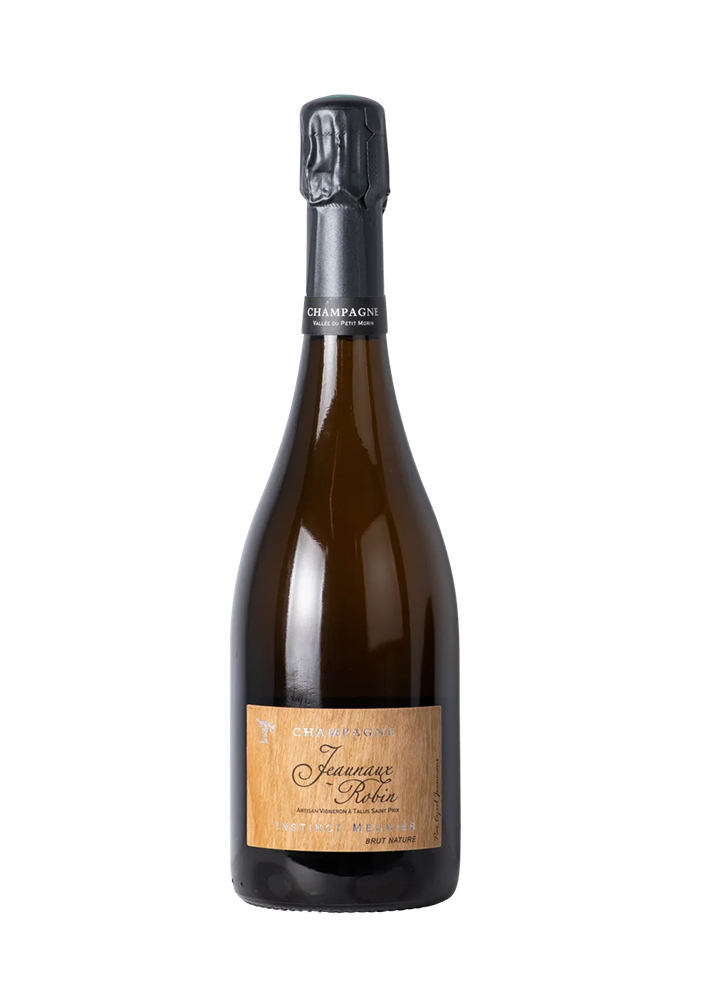
Champagne Maurice Choppin – 100% Pinot Noir, 2018
Rich full bodied with an aromatic profile that Burgundy lovers will find themselves surrendering to. For the best experience, decant the Champagne before serving or allow it to breathe to release the full depth of aroma and let the flavour evolve and express itself over time.
Grower? Benjamin Choppin
Which region? Valleé de la Marne, Damery. Chalky soil.
Blend or single grape varietal? Single varietal Pinot Noir, Blanc de Noir (100% red grapes)
How much pressure? 5-6 bars
What style of vinification? Aged in oak
Malolactic fermentation or ‘no malo’? Malolactic fermentation on yeasts for 36 months
Single year or blended with reserve wine? Single-vineyard, single-vintage and single-varietal
Dosage or no dosage? Extra Brut, zero dosage
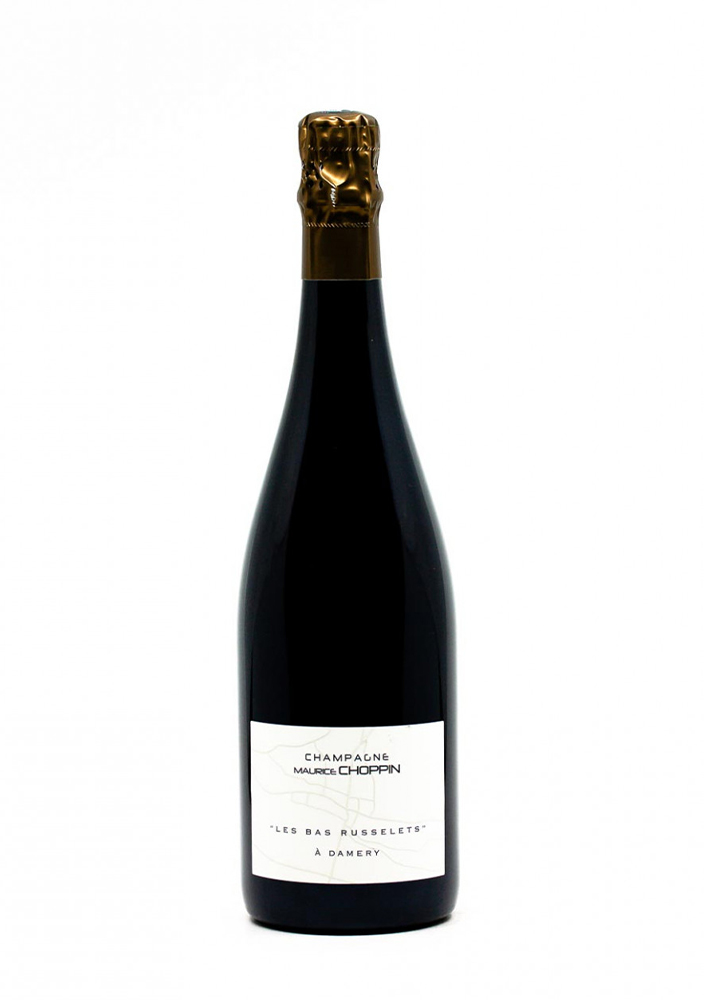
Ready to get sipping? Winnifred’s is now open on Arthur Street, Fortitude Valley.





